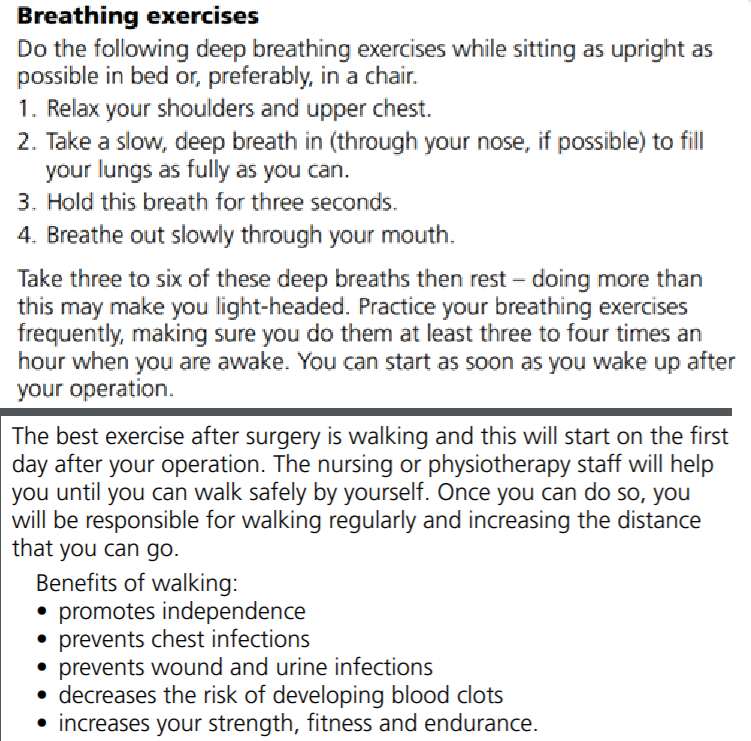This stresses the importance of promoting research and awareness of Metarobic benefits of slower paced (or even stationary) exercises which focus on the breath and relaxation. Ever hear someone say that they are going for a relaxing walk? There is something relaxing about walking, and if coupled with abdominal breathing, walking can really maximize Metarobic benefits. To summarize what makes an exercise Metarobic versus aerobic, Metarobic exercises result in an measurable increase in blood oxygen saturation, diffusion, and oxygen metabolism, which can be measured with a medical quality pulse oximeter. See my book Mindful Exercise: Metarobics, Healing, and the Power of Tai Chi for more information. Over 120 research studies are included, and over 50 case stories, supporting that slow-paced exercises have a measurable difference from aerobic exercises, with distinct benefits for health. (2)
Returning to whether all forms of walking are aerobic or not, many fitness experts and exercise physiologists note that pace is key. As stated by fitness expert Tom Holland, who asserts that “walking is not exercise,” he states that for exercise to be effective from an aerobic perspective, it needs to be “vigorous” and “sustained.” (3) Again, supporting the need for a Metarobic or similar perspective of how and why slower paced exercises benefit health.
Ryan Mathias, strength coach and author of the Mathias system, also notes that walking is NOT considered exercise (at least aerobic exercise), both according to his opinion and experience, and the standards set by the American College of Sports Medicine (ACSM) Guidelines (4,5). Others have noted, that despite the tendency to include all forms of walking as moderate aerobic activity, it is in fact not aerobic unless fast paced.(6) Dr. Harber and colleagues with the University of Alberta in Edmonton, Canada, are concerned that although people with health issues are encouraged to walk more, there didn't seem to be much focus on the effort that needs to go into the activity.(7) As noted by Dr. Harber, "…walking programs are great for people--they are motivating, and provide an excellent starting point for beginning an activity program. But to increase the effectiveness, one must add some intensity or "huff and puff" to their exercise.” But what of walking not fast enough for “huffing and puffing?”
This again supports the need for a Metarobic or similar perspective of how and why slower paced exercises benefit health.
Indeed, the ACSM and Physical Activity Guidelines Advisory Committee (PAGAC) 2018 report noted that although a normal walking pace may not be sufficient to categorize walking as a moderate aerobic exercise, step counts ranging from 7,000 to 9,000 steps per day may result in health benefits that are similar to the recommended 150 to 300 minutes of moderate-to-vigorous physical activity per week.(5) But the report does not address how walking does this from a physiological response – Metarobics does.
Once more supporting the need for a Metarobic or similar perspective of how and why slower paced exercises benefit health.
Based on target heart rate calculators, normal paced walking does not even generate low levels of aerobic heart rate, which at age 50 must fall in the 87-104 beats per minute range.(8) In my own studies of walking and heart rate, walking at a moderate pace for a 50-year-old male generated a heart rate in the range of 83-85 beats per minute. Although this does not even reach levels of low impact aerobics, it does result in a measurable increase in blood oxygen saturation, diffusion, and oxygen metabolism. A Metarobic effect.
What brought my attention back to the importance of promoting more research and education into the Metarobic effects of walking, in addition to my work with slower paced exercises such as tai chi, and stationary qigong exercises, is a family member who is undergoing surgery. The pre-op nurse stressed repeatedly the importance of walking as much as possible after surgery, in order to speed healing. But again, no distinction was made on walking speed. It is unlikely she meant power or speed walking. But as noted above, according to most exercise sites, as well as articles and research, fast paced walking is the only way to get aerobic benefits.
Which means that slower paced walking must result in benefits through other mechanisms of benefit. Enhanced blood oxygen saturation, diffusion and oxygen metabolism would explain these other mechanisms – Metarobic mechanisms. Surgeons say gentle walking is very important for circulation following surgery, to speed healing. They note circulation is important, but Metarobic theory explains why, related to the physiological effects of slower paced exercises which enhance circulation at the cellular level, particularly when focused on relaxation and the breath.
Below is information shared to those who will be undergoing abdominal surgery. The first is essentially qigong (breathing exercise) instructions. Note the importance placed on walking to enhance healing in the second set of instructions (From Oxford University Hospitals: Physiotherapy advice after abdominal surgery). (9)
Please share my work with Metarobics, so that more people can understand how and why these exercises benefit health, and how to maximize benefits. “Like” the Metarobics Facebook page for regular posts on a range of articles and case stories, and share these posts to help create awareness. If 100 people with 100 friends shared these posts, awareness of the importance of a Metarobic approach for exercises such as walking, tai chi, qigong, yoga, meditation, and other exercises, would have the potential to reach 10,000 people. If those people shared these posts, the number could be one million or more. To enhance health, and move tai chi and similar exercises from a fringe to a mainstream exercise, we need these shares. See my last three articles on “Why Metarobics?: Part One, Part Two, and Part Three” for further support as to why this is important .(10-12)
References.
- https://www.runnersworld.com/runners-stories/a20844065/what-are-the-right-walking-and-running-speeds/
- https://www.amazon.com/Mindful-Exercise-Metarobics-revolutionary-understanding/dp/1594396175
- https://www.chicagotribune.com/lifestyles/ct-xpm-2011-04-14-chi-walking-is-it-exercise-20110414-story.html
- https://mathiasmethod.com/walking-is-not-exercise/
- https://www.acsm.org/blog-detail/acsm-certified-blog/2019/06/14/walking-10000-steps-a-day-physical-activity-guidelines
- http://theconversation.com/is-walking-enough-exercise-we-asked-five-experts-94991
- https://www.sciencedaily.com/releases/2006/09/060920192536.htm
- https://www.verywellfit.com/target-heart-rate-calculator-3878160
- https://www.ouh.nhs.uk/patient-guide/leaflets/files/11733Pabdominal.pdf
- https://metarobics.org/mindbody-news/re-visiting-why-metarobic
- https://metarobics.org/mindbody-news/re-visiting-why-metarobics-part-two
- https://metarobics.org/mindbody-news/re-visiting-why-metarobics-part-three

 RSS Feed
RSS Feed